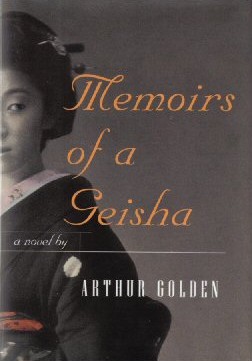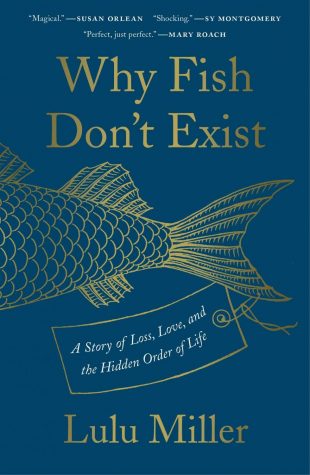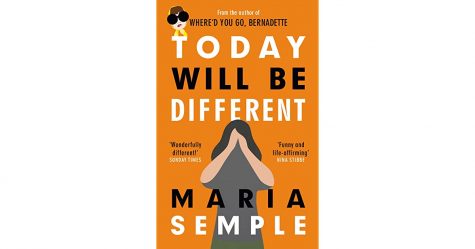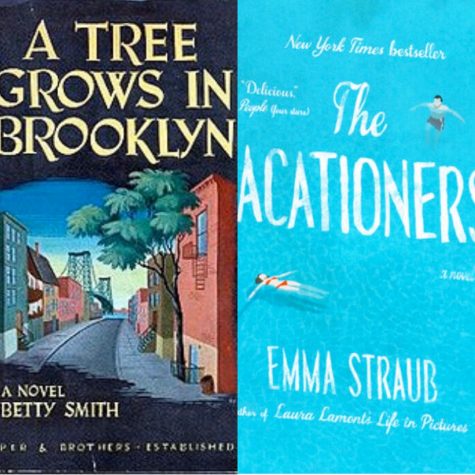Lyrical and sweet: Arthur Golden’s Memoirs of a Geisha

February 18, 2021
Memoirs of a Geisha, by Arthur Golden, was published in 1997. The novel narrates the life of a girl, Chiyo, as she navigates living as a geisha in early 20th-century Japan. Chiyo’s story begins in Yoroido, a small fishing village on the coast of Japan. Misfortune and fate lead her to Gion, the geisha district of Kyoto, where Chiyo begins training as a geisha among cruel elders and fierce competition. She takes on the name ‘Sayuri,’ and enters the harsh world in which she must survive.
In Sayuri’s world, young girls’ virginities are auctioned to wealthy bidders, and debt is inescapable. Geishas are trained solely to please men. Sayuri enters naively, not understanding the path and purpose of her life as a geisha. Eventually, she becomes successful, but never truly in control. Sayuri shares her life with the reader, explaining each complex relationship and the many trials of her every day.
Golden narrates Sayuri’s life beautifully. His words are poetic and vivid: phrases like “consumed with anger like a burning twig” conjure each scene with detail and depth. Often I would pause and reread paragraphs, struck by their lyrical nature and hoping to feel their beauty again.
I fell in love with the unfamiliar world–its elegant teahouses and silken kimonos. Simultaneously, I hated the hungry nature of the story’s powerful men and the terrifying circumstances each geisha endures. The complexity of Sayuri’s environment adds to the realistic feel of Memoirs of a Geisha. Through every stage, readers will empathize with Sayuri, and imagine her pain. I grew invested in Sayuri’s success, and clung to every word. Despite reading like a memoir, complex themes of friendship, love, responsibility, and fate are intertwined with the story.
I do wonder if the story could have been told more accurately from a Japanese perspective, rather than a Western one. Golden has been heavily criticized for his portrayal of Japan, with readers arguing that Japanese culture is explained primitively, and that inaccuracies are rampant.
Despite imperfections, Memoirs of a Geisha is beautiful and captivating. As I turned to the last page of the novel, I felt almost as if I was going to cry. Its ending felt like a clear exhale–beautiful, satisfying, and sweet. By the very end, I felt as if I had lived through the entire life of a geisha: the intense training, honored traditions, and restrictive lifestyle. I wish the story had lasted longer, for I enjoyed every page.













